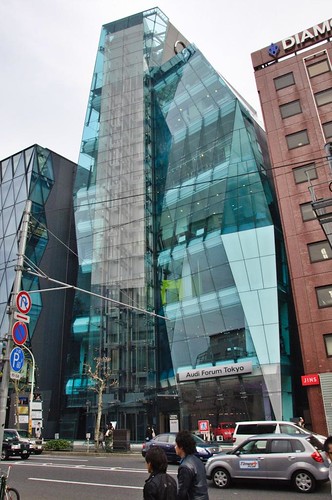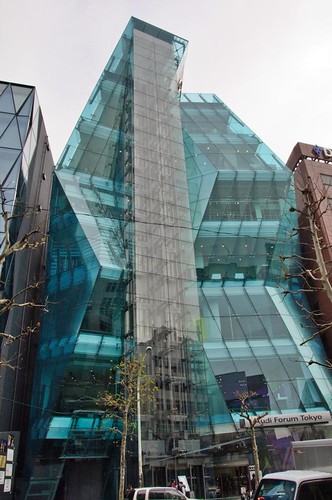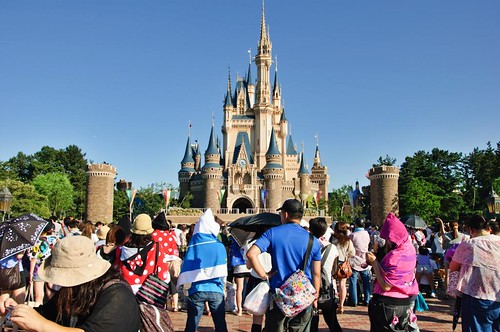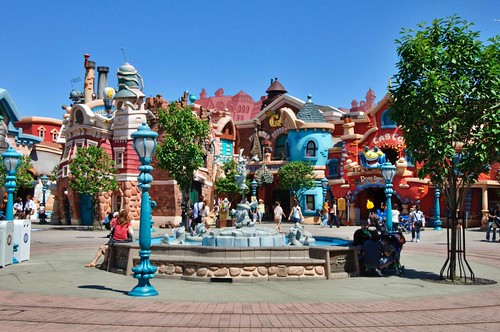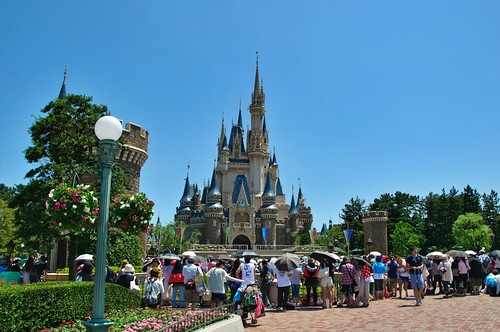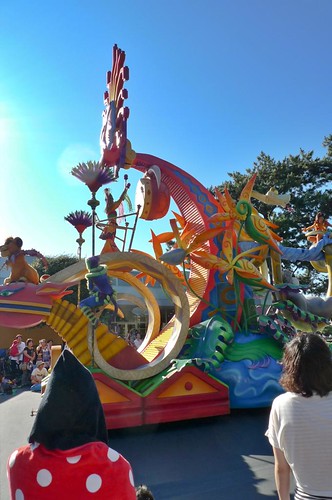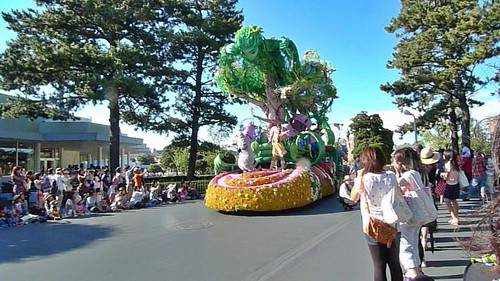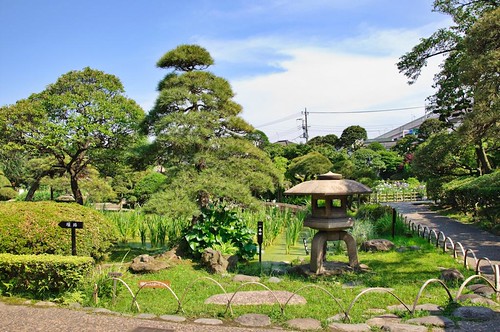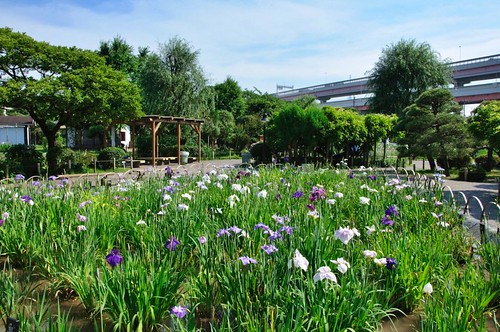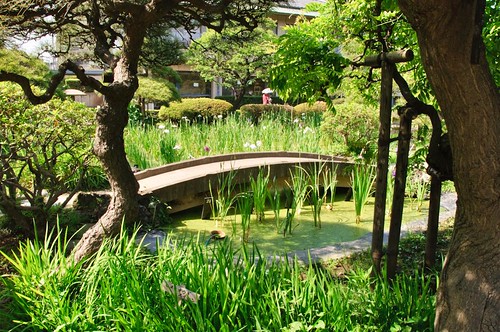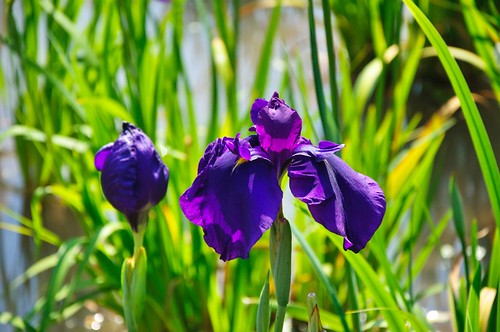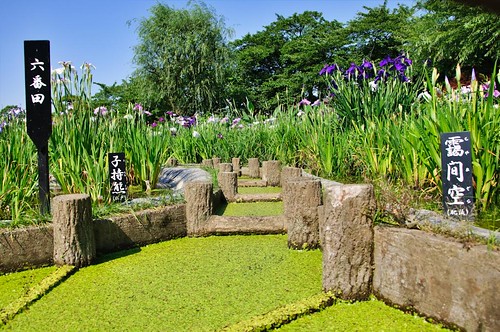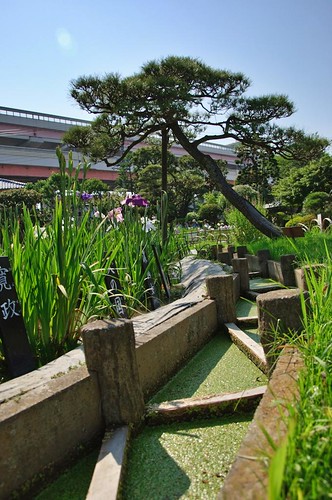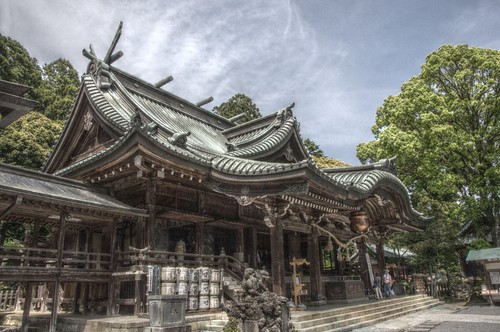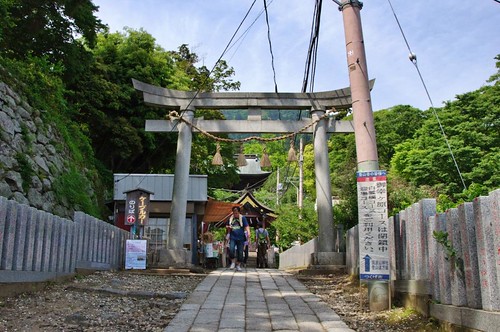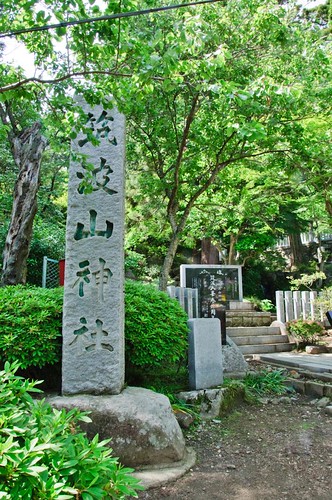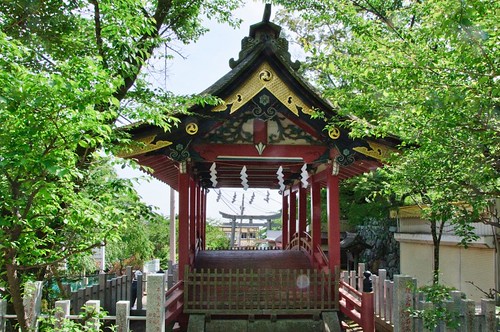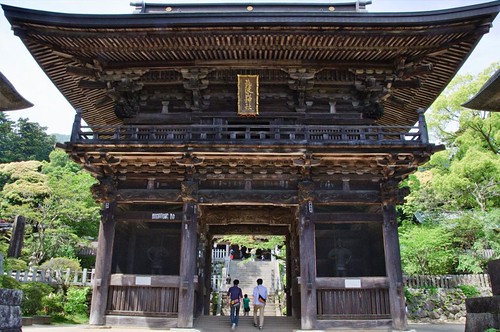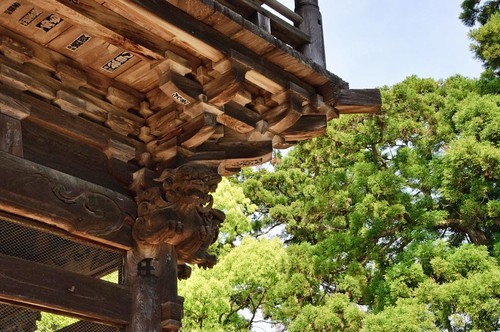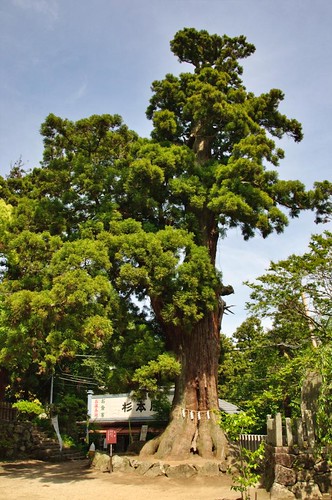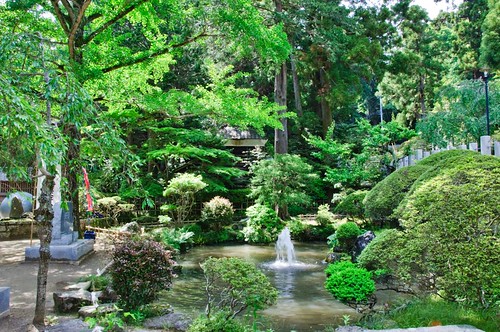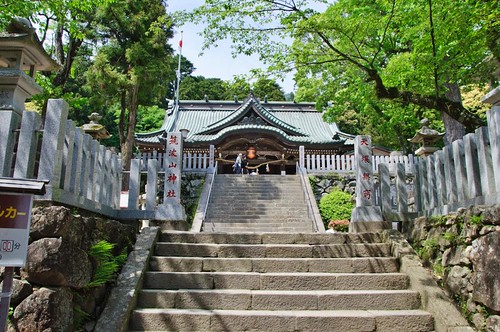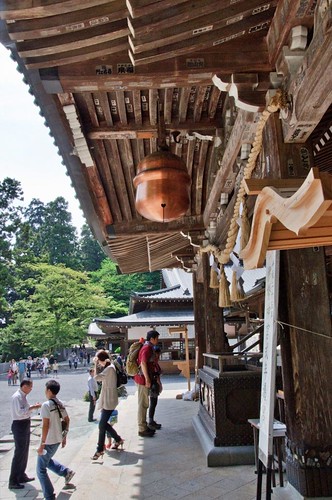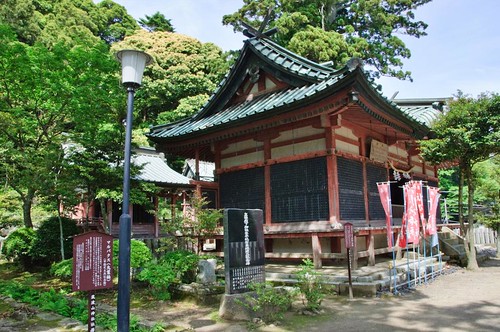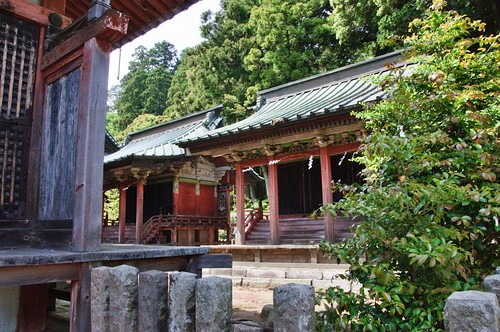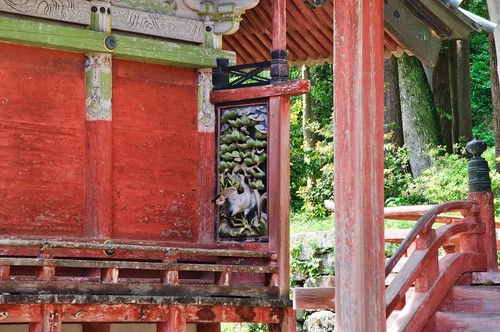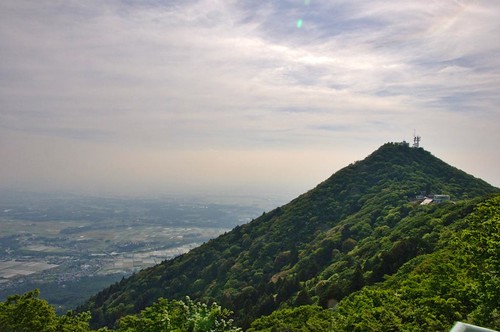
Mount Tsukuba in Ibaraki, with 877 m is one of the most famous mountains in Japan.
According to the legend, a deity descended from the heavens and asked two mountains for a place to stay, Mt Fuji with the higher summit and a perfect shape, thinking arrogantly that it does not need the deity’s blessing, refused. Mt Tsukuba humbly welcomed the deity. Today Mt Fuji is a cold and bare rock mountain, whilst Mt Tsukuba is full of vegetation and colors that change with the seasons.

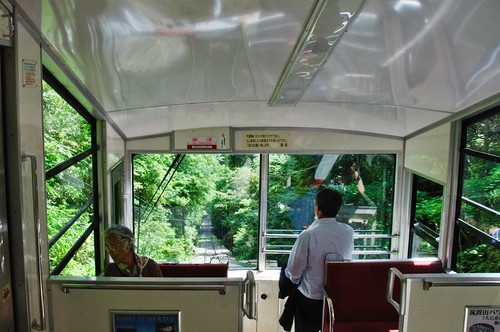
Mt Tsukuba is a popular hiking destination; its double peeks Nyotai-san (female) and Nantay-san (male) are considered kami or spirits by the Shinto religion. For non-hikers there is a cable car to the notch between the peaks and a ropeway to the East Ridge, to about the same elevation as the cable car.

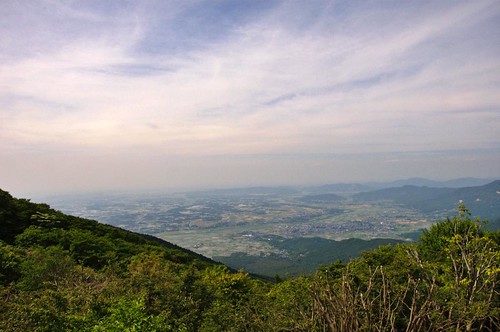
On this trip, I used the funicular to climb to the top. At the station at the top there are several shops and restaurants, even one with a rotating panoramiv view (looking like it will fall apart any minute). The view was fantastic, and from there you can see Tokyo and Mt. Fuji on a clear day.
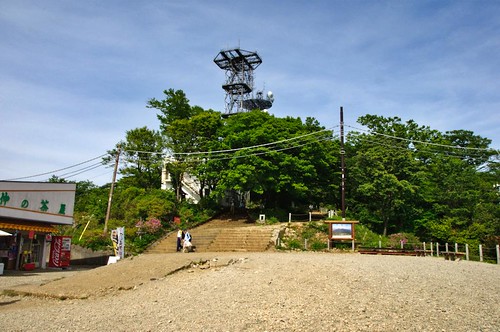
From here, you can climb to the true summits, Nantay-san to the left of the station and Nyotai-san to the right. The hiking courses to each of the summits are clearly marked.

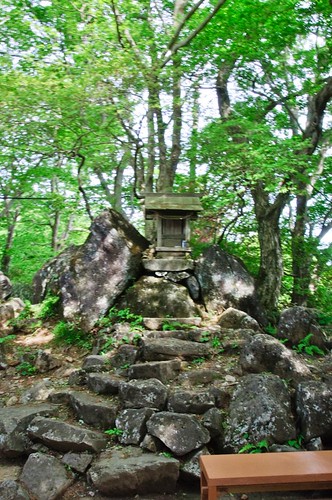

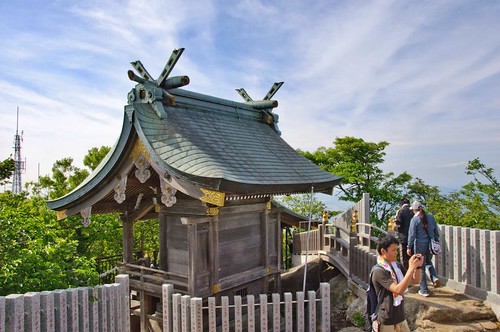

The climb to the Nyotai-san is a 15 mins hike through a well-maintained path. There is a small shrine at the top (there is another at the top of the Nantay-san), and a rock formation where you enjoy the view.
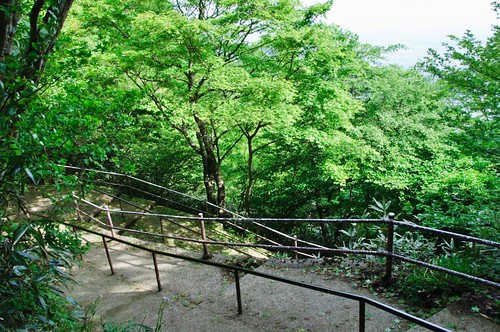
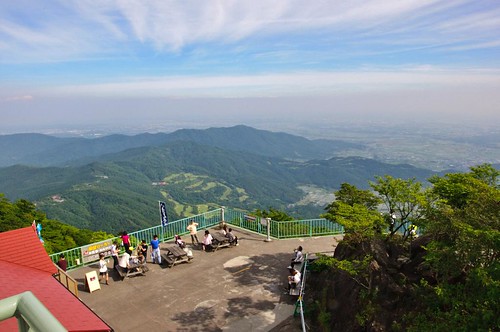
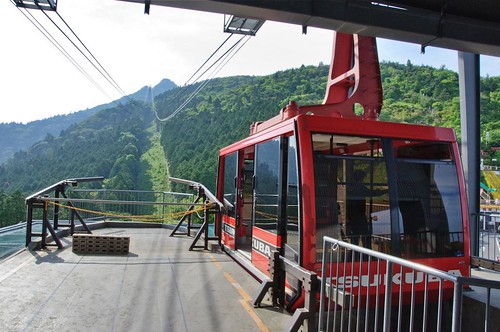
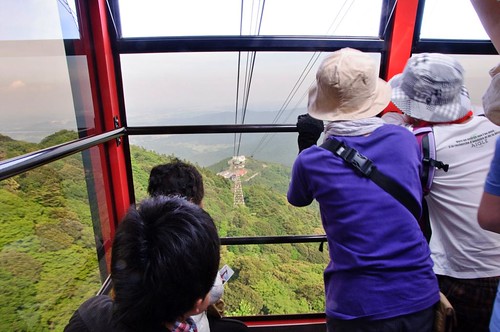

There is a path to go down to the top station of the aerial tramway, the tramway offers dramatic views of the mountains. At the end station at the bottom, there is a small amusement park next to the exit of the hiking course.
View Mt Tsukuba in a larger mapEspañol
